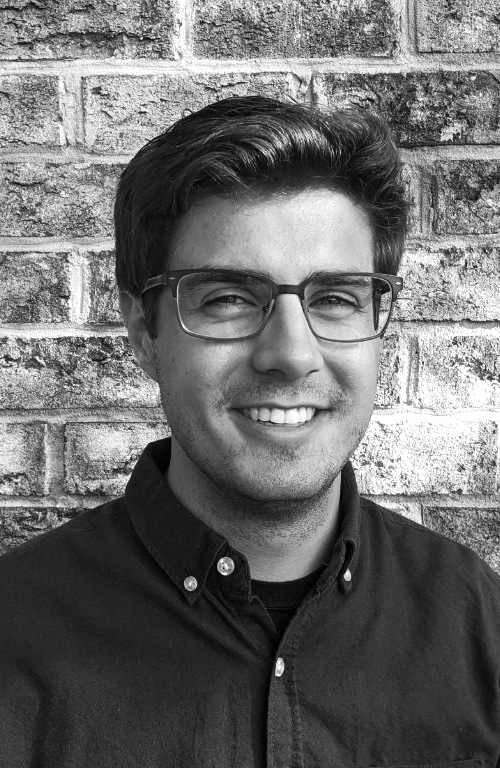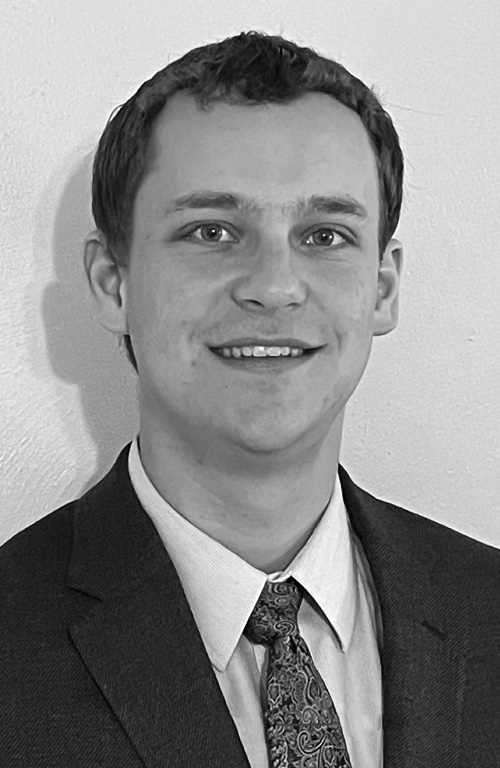DLBA UNIVERSITY
WEBINAR RECORDING
A Clash of Forces:Traditional Performance PredictionsMeet Contemporary Solutions
November 2021
Our community has come a long way with the prediction of resistance and trim of high-speed planing craft. Once the community amassed enough model test data, it was studied extensively and used to develop analytical prediction methods based on basic physics principles, model test observations, and data regressions with some of the most notable work in this area being completed by Daniel Savitsky, Nadine Hubble, Jacques Hadler, and others. These approaches became the status quo for many years, until the world of computing; creating the opportunity for numerical simulations through the use of Computational Fluid Dynamics (CFD).
The industry has come a long way with the application of CFD in the last 20 years. Originally, CFD was best suited for comparison of alternatives of a validated hull via model test or full-scale test results. However, the tools and operators today have the ability to make accurate predictions without the reliance on craft specific validation data. Today we find ourselves in a new era, bringing the power of Artificial Intelligence (AI) into our toolkits. Researchers have used Artificial Neural Networks (ANNs) to develop highly accurate regression equations for the prediction of resistance and trim of planing craft, using an extremely wide range of model test data collected over the last 50 years. This new tool is highly accurate and requires significantly less computing power than CFD.
Image Courtesy of Jim Smith Tournament Boats
FEATURED PRESENTERS

Joe Messler
DLBA Naval Architects – Naval Architect
Joe is a New Jersey native, spending most his summers fishing and cruising around the Barnegat Bay. Before graduating from the SUNY Maritime College in 2018 with a degree in Naval Architecture, Joe worked at the Viking Yacht Company where he was first introduced to the recreational boat industry. Starting out supporting design and construction of submarines for the US Navy after college, Joe joined DLBA in June 2019 and has never looked back. Joe enjoys providing technical input with the DLBA team for its diverse range of projects. Deciding to pursue his passions further, Joe is currently working towards a Master’s degree in Ocean Engineering at Virginia Tech.

Nick Husser
DLBA Naval Architects – Part time Naval Architect
Virginia Tech. – Full time PhD candidate
Nick Husser is currently a part-time Naval Architect with DLBA and full-time PhD candidate at Virginia Tech. Mr. Husser began annual internships with DLBA in 2013, earned a bachelor’s degree in Naval Architecture and Marine Engineering from Webb Institute in 2018, and joined DLBA full time as a Naval Architect before beginning his PhD studies in 2019. At DLBA, he had the opportunity to learn and apply the foundations of high-speed craft Naval Architecture: stability, structures, and performance with the latter becoming a particular fascination. At Virginia Tech, Mr. Husser’s PhD studies focus on the investigation of the steady state and dynamic performance of stepped planing hulls using CFD simulations. Mr. Husser has published papers on topics including displacement hull seakeeping predictions with varying fidelity simulation methodologies, propeller performance and FSI simulations, validation of stepped hull performance predictions in CFD, nonlinearity in planing hull seakeeping, and application of nonlinear system identification with CFD to model planing hull porpoising and motions in waves. The combination of practical and scientific experience with high speed craft provides Mr. Husser a unique perspective on the potential practical and economical applications of CFD to the design of a high-speed craft.
Website | E-mail | LinkedIn
Share this article online:
HOW CAN WE HELP YOU?
FEEL FREE TO CONTACT US

DLBA Naval Architects
860 Greenbrier Circle, Suite 201 Chesapeake, Virginia 23320 USA
Phone: 757-545-3700 | Fax: 757-545-8227 | dlba@gibbscox.com
STAY UPDATED
SIGN UP FOR OUR NEWSLETTER
Keep your finger on the pulse of the latest points of focus in naval architecture and engineering: subscribe to DLBA’s concise monthly newsletter. Within it, we briefly describe and picture our latest projects and concepts. We encourage feedback and seek to have our newsletter spark conversation regarding potential collaborations and further advancements as we share our passion for the industry.
